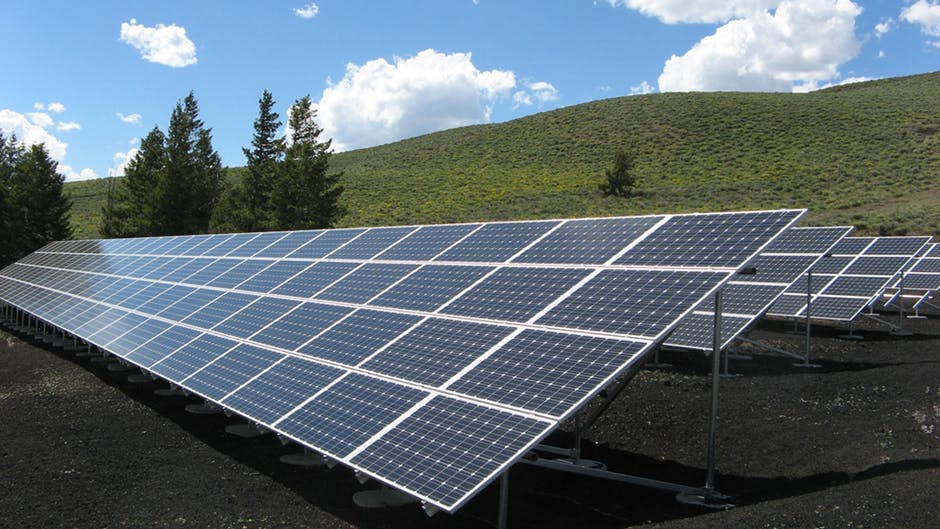Cap on Solar Tariffs may hamper to India’s Capacity Addition Plans: Ind-Ra
NewDelhi : Any cap on solar power tariffs in future auctions could dampen free market sentiment and prove to be an Achilles heel for the plans of the Ministry of New and Renewable Energy (MNRE) to achieve the solar power capacity target of 100.00GW by FYE22, believes India Ratings and Research (Ind-Ra).
Confusion over applicable safeguard duty, increased project cost due to the depreciating Indian rupee against the US dollar and a lower margin of safety (due to highly competitive tariffs) remain the key challenges to the solar power industry’s growth. Auctions for at least 3.9GW capacity were scrapped during 5MFY19 compared with about 11.86GW of fresh capacity auctioned during the period. The major reason behind the scrapping of these bids may be higher quoted tariffs compared with minimum tariffs quoted in past auctions.
It is pertinent to note that the weighted average tariff (as per capacity allocated) quoted by winning bidders during 5MFY19 stood at INR2.74/kWh. As observed by Ind-Ra, perceiving a high counterparty-related risk, parties had bid higher tariffs in auctions held by states.
Also, in case of the applicability of 25.00% safeguard duty, tariffs could further increase by INR0.30-0.35/kWh. According to market sources, the MNRE is contemplating on capping the tariff on solar power generated using imported cells and modules at INR2.68/kWh, which includes the safeguard duty amount of INR 0.30-0.35/kWh. This tariff is lower than what bidders have quoted in the recent past. If the MNRE decides to go ahead with this capping, it may lead to non-participation by a significant number of potential bidders in future auctions. This may negatively affect the MNRE’s yearly 30.00GW capacity addition plan until FYE20.
The progress on auctions is already lagging due to frequent changes in the policy on the levy of safeguard duty on solar panel and module imports. Any such move by the MNRE will only worsen the progress of future auctions. Also, some solar plants are delaying the import of solar modules until there is clarity on safeguard duty, as it may pose risks to them, such as the levy of liquidated damages and the reduction in project tariff due to delayed project execution.
In Ind-Ra’s opinion, the whole purpose of doing reverse e-auction for renewable is to create market competition and let competition decide the tariff. Any attempt to tamper the tariff could lead to the non-achievement of the capacity addition target and a negative impact on project viability. Given the solar power industry is still grappling with the significant reduction in solar tariffs post the feed-in tariff regime, any further reduction may be too soon to deal with for participants. Also, lower auction volumes (in case bidders decide against bidding below their threshold level) could lead to sub-optimal volumes available to domestic panel and module manufacturers. This would affect their ability to significantly ramp up their production capacity to achieve economies of scale.
Under-construction solar power are facing increased cost pressure due to the depreciation of the Indian rupee against the US dollar, considering solar modules are largely imported and typically constitute 60.00% of project cost. Project cost and plant load factor (PLF) remain the biggest sensitivities to equity rate of return and debt service coverage ratio.
According to Ind-Ra’s assumptions and calculations, at a tariff of INR2.68/kWh, a solar project’s internal rate of return will be above 10.00% only when its PLF is above 27.00%. This level of PLF has not been seen in solar projects so far. Such high PLFs have only been seen in projects where the installed DC capacity is significantly higher than the declared AC capacity. Apart from the PLF, keeping project cost within acceptable limits will be a key determinant of the viability of these projects.

